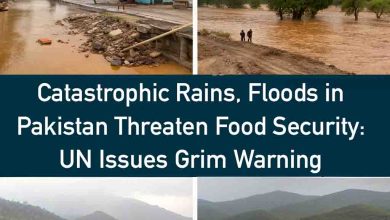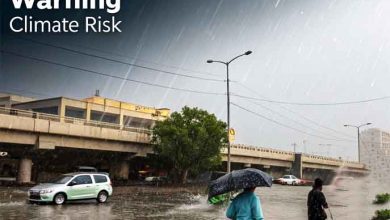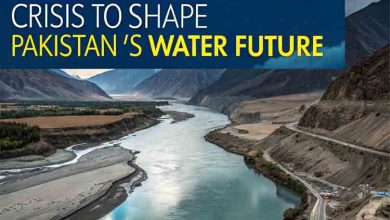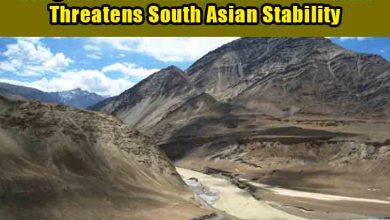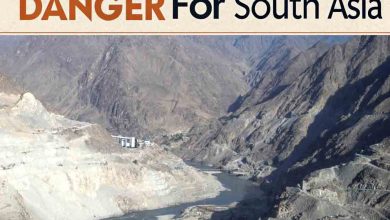Minister wants improved water supply and sanitation
The News, July 25, 2022
PESHAWAR: Khyber Pakhtunkhwa Minister of Local Government and Rural Development (LG &RDD) Sardar Faisal Amin Gandapur has called for improving water supply and sanitation facilities in the entire province.
He said this while presiding over a meeting, said a handout.
Secretary for LG &RDD Syed Zaheerul Islam Shah, heads of other relevant sections and departments attended the meeting.
Suggestions and recommendations for more functionality of the tehsil municipal administrations,
water and sanitation services companies and area development authorities were taken into stock and necessary decisions were taken.
The minister asked for undertaking separate surveys of the private possession of some tube-wells installed with government resources and repairs of the damaged and nonfunctional ones on an emergency basis.
He expressed satisfaction with the overall performance of the municipal authorities.
The LG minister directed the officials to make the distribution system of water supply schemes transparent and prepare comprehensive data of all tube wells
built with government resources.



